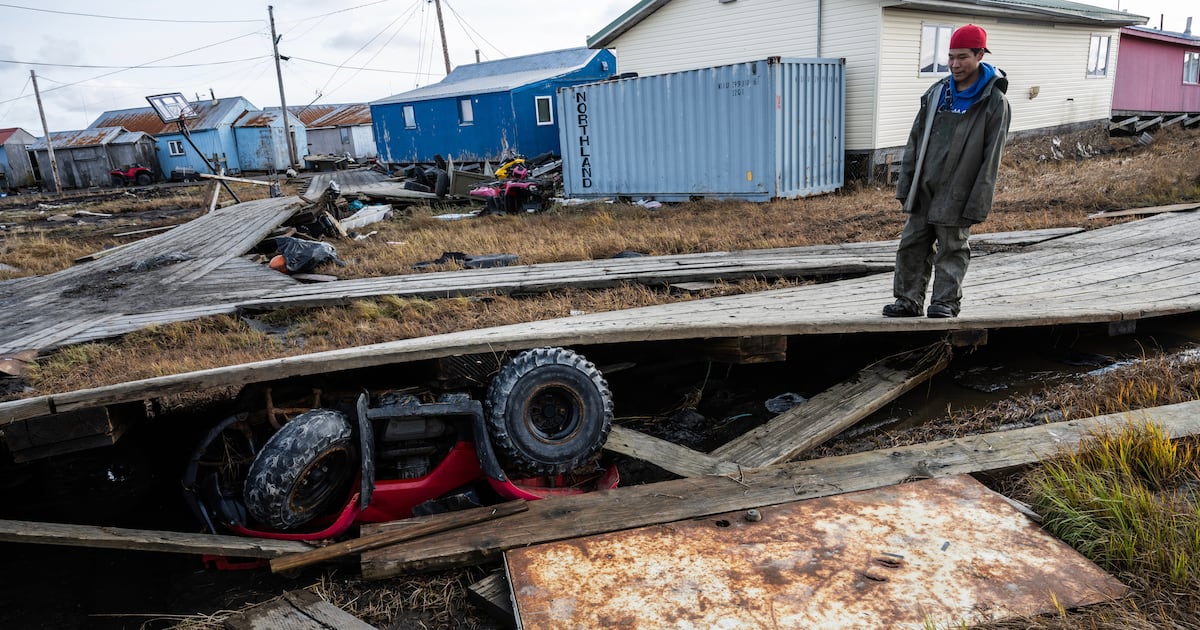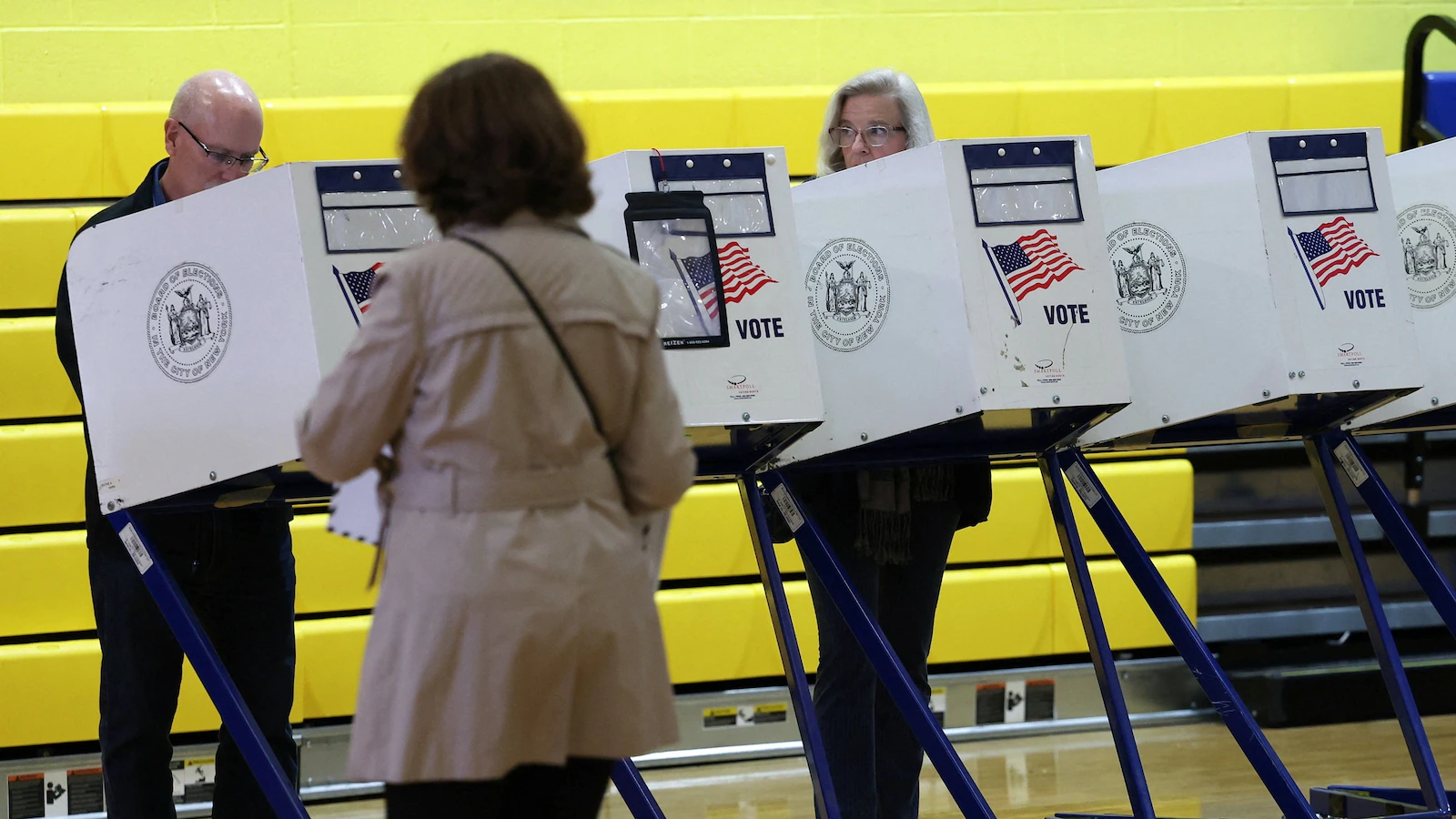Copyright Anchorage Daily News

As a retired professor who has been active in environmental health since the 1960s, I have no doubt that climate change contributed to Typhoon Halong’s wind damage and flooding in Kipnuk, Kwigillingok and other Alaska coastal communities. This conclusion is not rocket science. Rather, it reflects basic scientific understanding and real-world observation that makes sense to the average citizen. Climate change, which is certainly happening, has measurably led to warmer oceans, with the North Pacific warming fastest. There is an undeniable relationship between ocean temperature and the wind speed of typhoons and hurricanes that travel along its surface. This relation is similar to a dimmer switch that controls energy flow to a light fixture. By turning it up, more energy flows and the bulb is brighter. No amount of hand-waving by climate deniers chosen by political appointees for their biases rather than their knowledge can overcome basic scientific facts concerning energy transfer. We also all know that some roofs and some windows are better able to withstand high winds than others. It is common sense that if Halong had lower winds and less flooding, fewer homes would have been affected, and wind-driven projectiles of broken glass and roofing pieces would have not caused as much risk to individuals and structures. [Earlier commentary: Flooded Alaska villages face a storm recovery far tougher than most Americans will ever experience] My experience includes serving in the 1980s as President Reagan’s appointee in charge of science at the Environmental Protection Agency. There was no question then, or now, that carbon dioxide, methane and other greenhouse gases have chemical structures that trap heat on our planet. We did have debates about whether the temperature would actually increase. Arguments were made that warming by greenhouse gases would be overcome by factors such as cooling due to evaporation; or by warmer oceans producing more fog, which would block the sun from reaching the surface; or by cold glacial meltwater. But whatever cooling does result from these factors, we now know with scientific certainty that it does not prevent a rise in ocean or air temperature, a rise that has steadily occurred since the Reagan years four decades ago. Not coincidentally, the relatively rapid rise in North Pacific ocean temperature has been accompanied by Alaska leading all 50 states in rise in air temperature. Both evaporation and warmer air are important to storm flooding. Not only is more water released into the air, but higher temperatures also allow air to contain more moisture, so that when precipitation occurs inland it inevitably makes its way downstream, contributing to the flooding of shore communities. Scientifically, this differs little from explanations of why blowing hot air can defog car windows, and why bathroom walls have more moisture after a hot than a cold shower. Glacier loss also contributes to global warming. Instead of icy surfaces that reflect sunlight, glaciers are being replaced by darker surfaces which absorb the warmth of solar radiation. Sea-level rise due to water from glacial melt can also provide a higher platform for inland flooding. The melting of offshore ice fields removes a hindrance to storm surges reaching shoreline communities. Glacial dynamics under warming include flooding due to breaking ice dams, as has occurred in Juneau. [Opinion: The world needs to know about what the storm did to Western Alaska] Scientists sometimes start with a theory that predicts outcomes; at other times we observe outcomes which we then attempt to explain by theories. As for global climate change causing adverse effects, the theory has long been proven and adverse outcomes are now beyond obvious. The suffering caused by Typhoon Halong did not have to be this bad. Unless we do more to prevent climate change and protect ourselves against its effects, the problems caused by climate change will only get worse. Bernard D. Goldstein, M.D., is a retired academic physician who has lived in Anchorage since 2022. He is emeritus dean and emeritus professor of environmental and occupational health at the University of Pittsburgh School of Public Health. He was an EPA assistant administrator for research and development in the Reagan administration and has testified to Congress on climate change.



